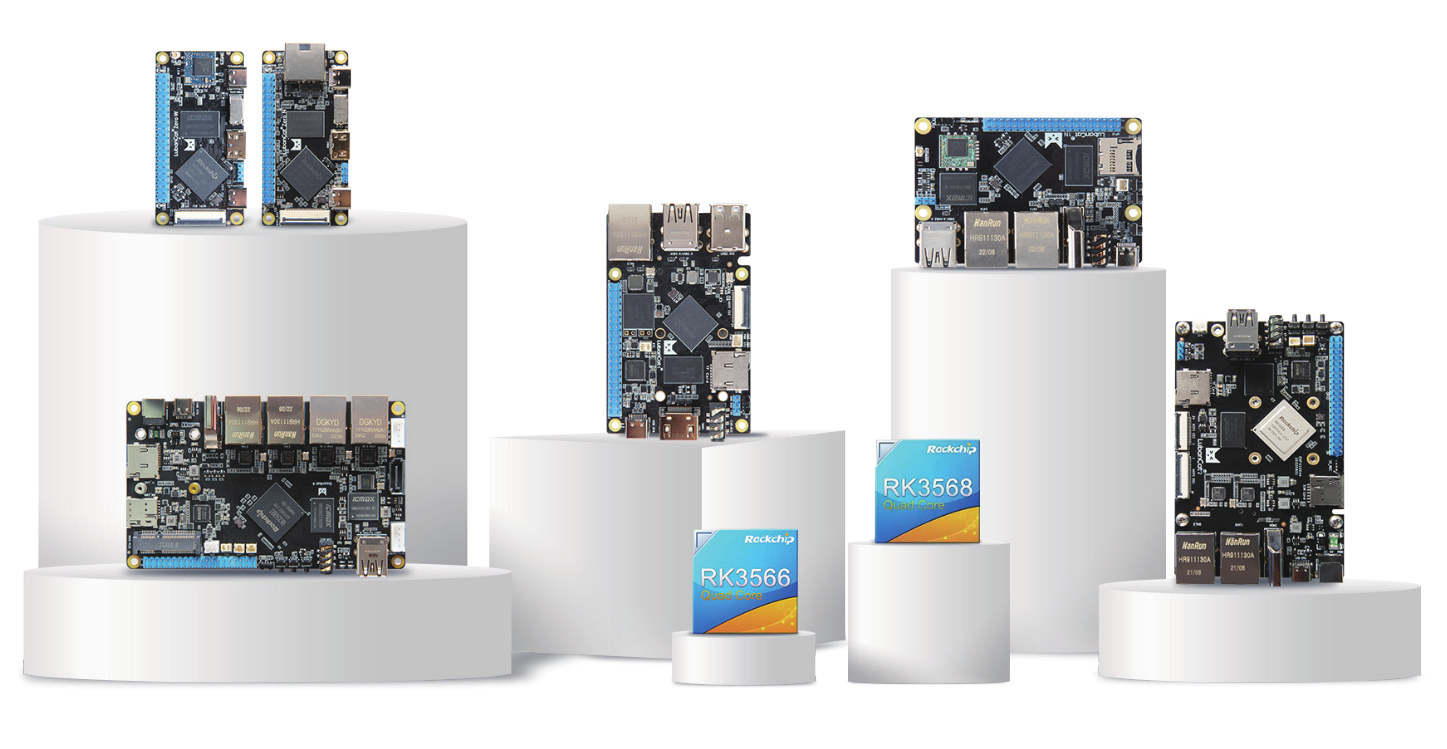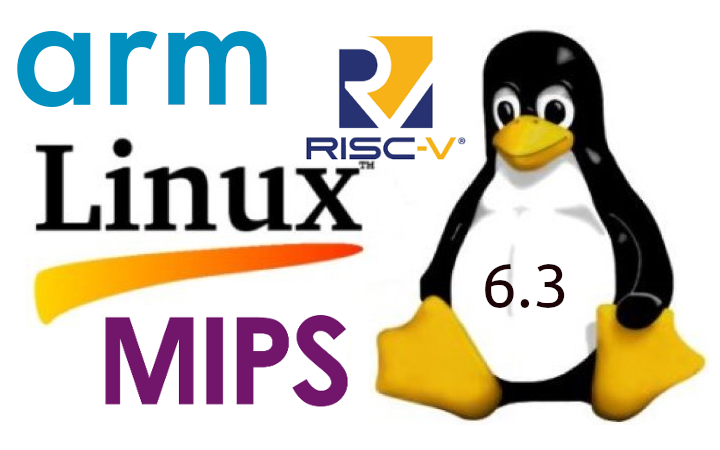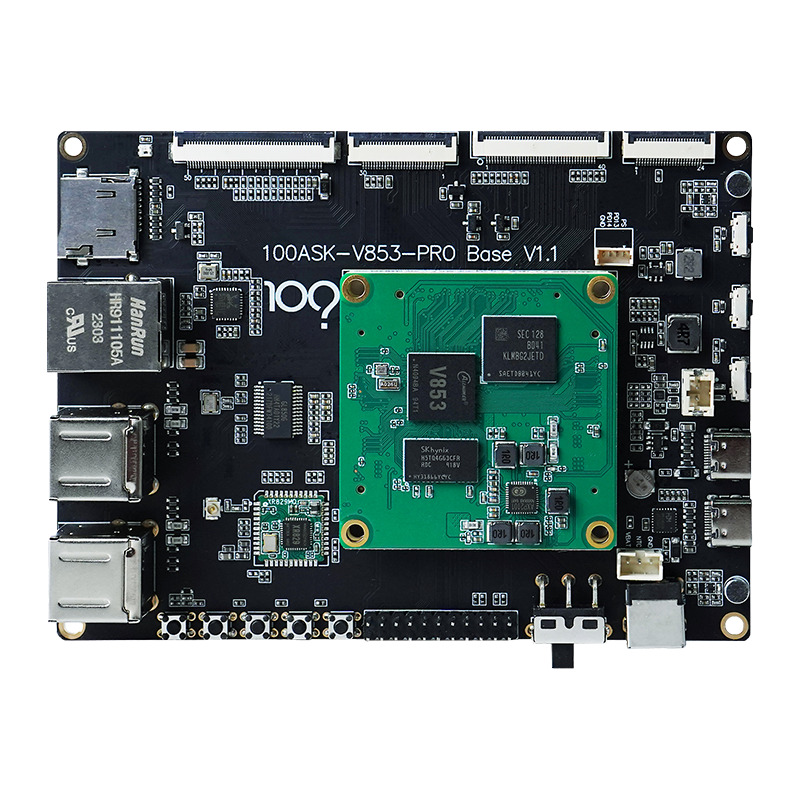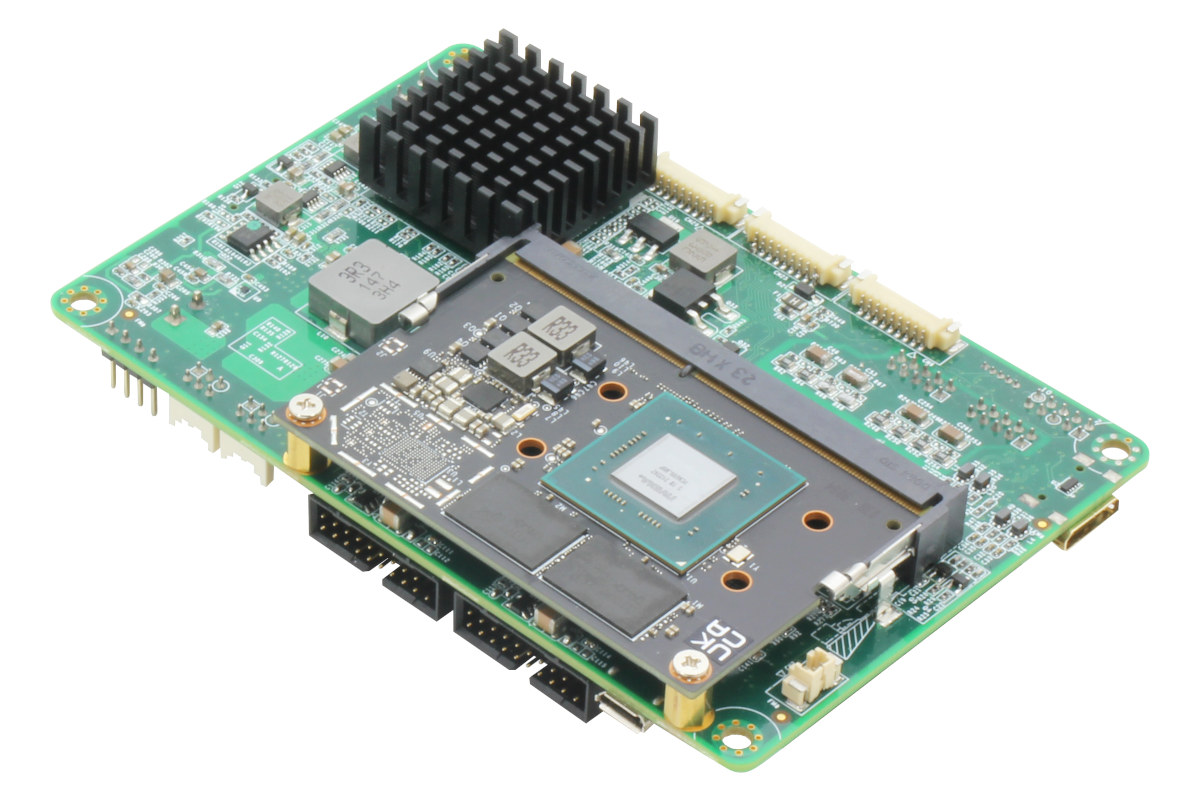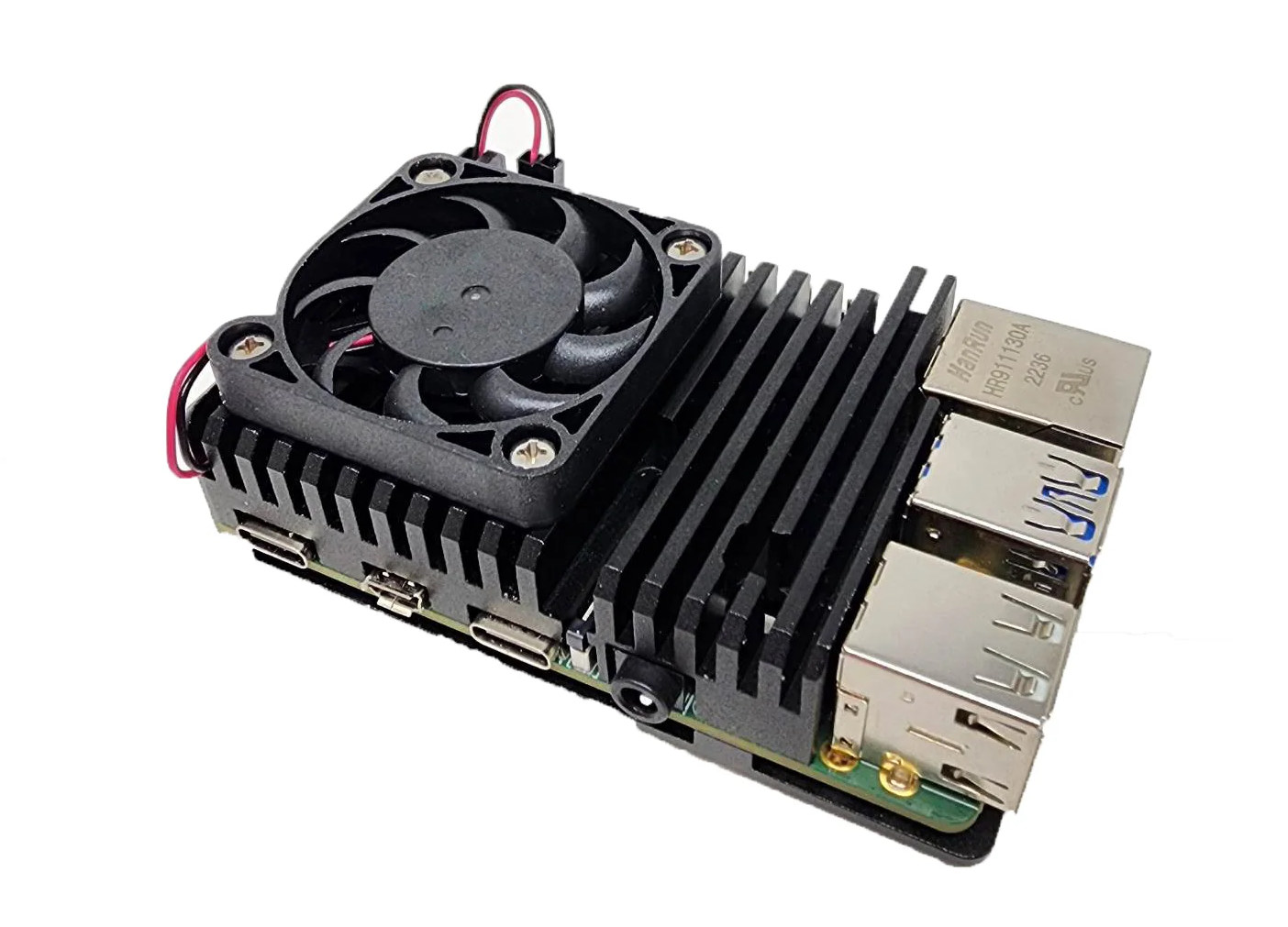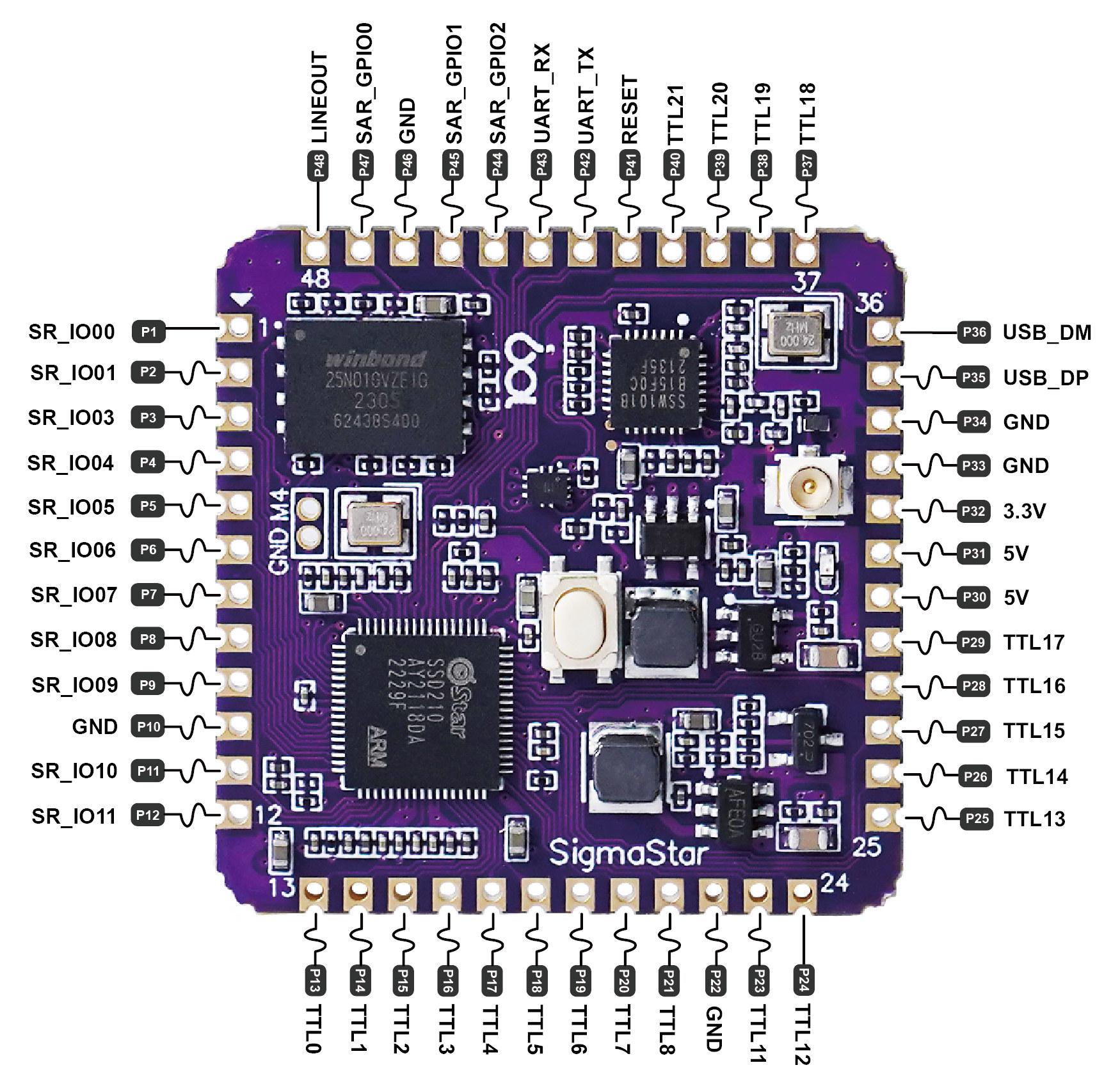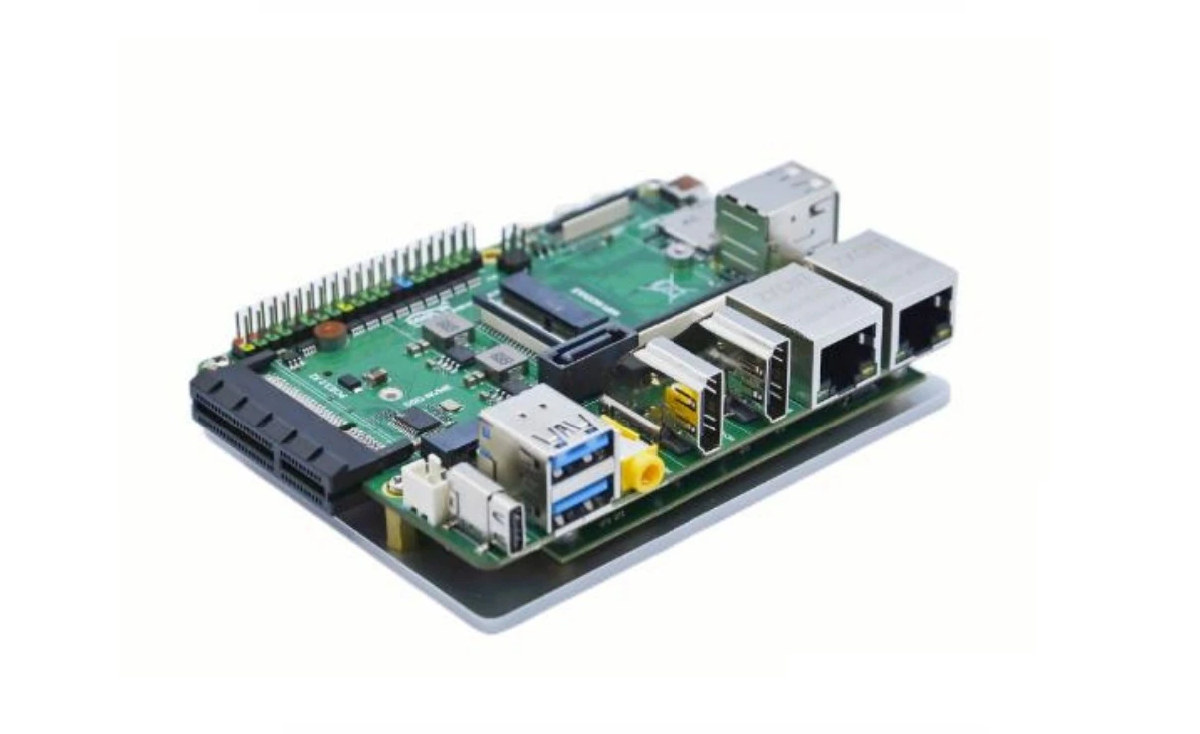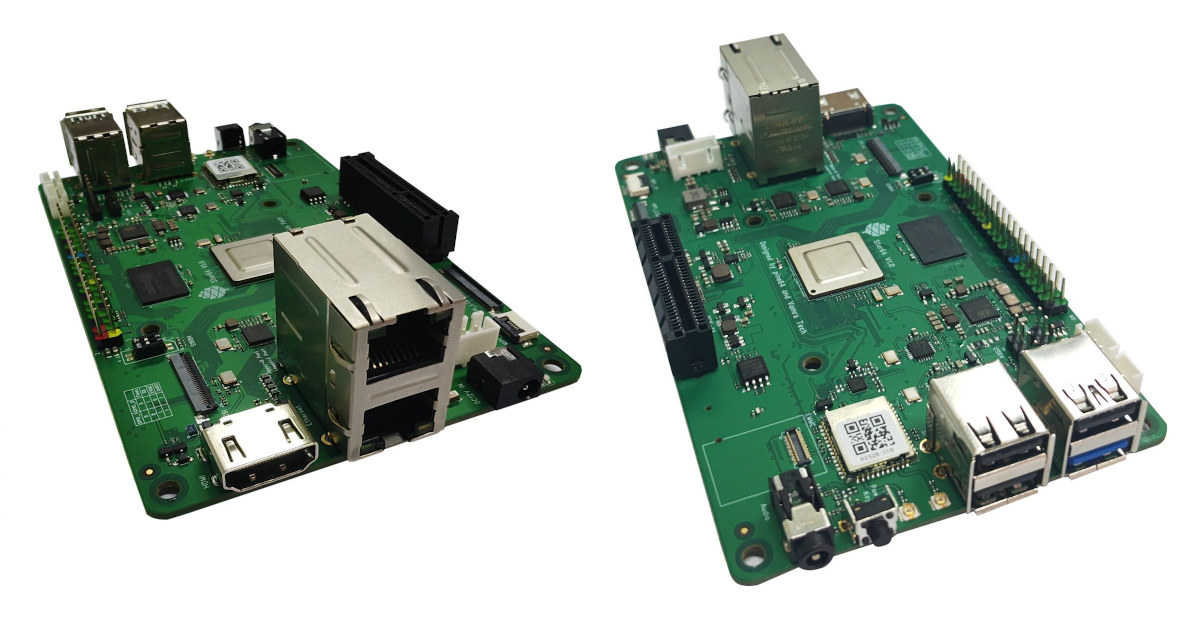As I checked out Linux 6.3 changelog earlier this morning, I noticed the EmbedFire LubanCat 2 SBC in the Rockchip section, and having never heard of the EmbedFire company or LubanCat single board computers, I decided to have a closer look. EmbedFire is a company based in China, more exactly in DongGuan, that makes a range of LubanCat single board computers based on Rockchip RK3566 or RK3568 processors, some of which partially follow Raspberry Pi Zero or Raspberry Pi 3/4 Model B form factors, while others come with custom designs. LubanCat 2 SBC specifications: SoC – Rockchip RK3568 quad-core Arm Cortex-A55 @ up to 2.0 GHz with ARM Mali-G52 2EE GPU with support for OpenGL ES 1.1/2.0/3.2. OpenCL 2.0. Vulkan 1.1, 0.8 TOPS NPU System Memory – 1GB, 2GB, 4GB, or 8GB LPDDR4/LPDDR4X @ 1560 MHz Storage 8GB, 16GB, 32GB, 64GB or 128GB eMMC flash M.2 M-key socket (PCIe 3.0 […]
Linux 6.3 release – Notable changes, Arm, RISC-V and MIPS architectures
Linux Torvalds has just announced the release of Linux 6.3 on the Linux Kernel Mailing List (LKML): It’s been a calm release this time around, and the last week was really no different. So here we are, right on schedule, with the 6.3 release out and ready for your enjoyment. That doesn’t mean that something nasty couldn’t have been lurking all these weeks, of course, but let’s just take things at face value and hope it all means that everything is fine, and it really was a nice controlled release cycle. It happens. This also obviously means the merge window for 6.4 will open tomorrow. I already have two dozen pull requests waiting for me to start doing my pulls, and I appreciate it. I expect I’ll have even more when I wake up tomorrow. But in the meantime, let’s enjoy (and test) the 6.3 release. As always, the shortlog […]
100ASK-V853-Pro – A feature-rich Allwinner V853 board designed for AI vision applications
The 100ASK-V853-Pro board is a development kit consisting of an Allwinner V853 system-on-module board (SoM) and a feature-rich carrier board with a large number of interfaces. Allwinner V853 supports up to 1TOPS of NPU computing power and is mainly for AI vision application development. The core board contains a DDR and eMMC as well as a PMU chip (AXP2101) and is connected to the carrier board through a board-to-board connector. All the functional resources of the V853 are drawn out through the carrier board. The carrier board comes with 2-channels CSI camera interfaces as well as RGB and MIPI DSI display interfaces. Although 1 TOPS of AI computing power is not outstanding, the NPU can still be used to accelerate AI vision applications at the edge. The board also comes with four USB 2.0 ports (two Type-A, two Type-C), an 100Mbps Ethernet port, a 22-pin header for expansion, and five […]
AAEON BOXER-8224AI – An NVIDIA Jetson Nano AI Edge embedded system for drones
AAEON BOXER-8224AI is a thin and lightweight AI edge embedded system solution based on NVIDIA Jetson Nano system-on-module and designed for drones, or other space-constrained applications such as robotics. AAEON BOXER products are usually Embedded Box PCs with an enclosure, but the BOXER-8224AI is quite different as it’s a compact and 22mm thin board with MIPI CSI interfaces designed to add computer vision capability to unmanned areal vehicles (UAV), as well as several wafers for dual GbE, USB, and other I/Os. BOXER-8224AI specifications: AI Accelerator – NVIDIA Jetson Nano CPU – Arm Cortex-A57 quad-core processor System Memory – 4GB LPDDR4 Storage Device – 16GB eMMC 5.1 flash Dimensions – 70 x 45 mm Storage – microSD slot Display Interface – 1x Mini HDMI 2.0 port Camera interface – 2x MIPI CSI connectors Networking 2x Gigabit Ethernet via wafer connector (1x NVIDIA, 1x Intel i210) Optional WiFi, Bluetooth, and/or cellular connectivity […]
Indiedroid Nova is a Rockchip RK3588S SBC with full-body heatsink, fan, and a swappable eMMC flash
Indiedroid Nova is another Rockchip RK3588S SBC with Raspberry Pi 4 form factor, up to 16GB RAM, with a heatsink that serves as a protective cover, fitted with a fan (if needed), and an optional swappable flash module up to 64GB capacity. The Nova board has basically the same port layout as the Raspberry Pi 4, except for one of the micro HDMI ports being replaced by a USB Type-C port with support for DisplayPort, so you’ll still get a Gigabit Ethernet port, WiFi 5 & Bluetooth 5.0 connectivity, two USB 3.0 ports, two USB 2.0 ports, MIPI CSI and DSI connectors, etc… Indiedroid Nova specifications: SoC – Rockchip RK3588S CPU – Octa-core processor with 4x Cortex-A76 cores @ up to 2.2-2.4 GHz, 4x Cortex-A55 cores @ up to 1.8 GHz GPU – Arm Mali-G610 GPU with OpenGL ES 3.2, OpenCL 2.2, and Vulkan 1.2 support VPU – 8Kp60 video […]
$7 DongshanPI-PicoW is a small Arm Linux board with SSW101B USB WiFi chip, four 12-pin headers
Based on its name, the DongshanPI-PicoW board/module aims to be an Arm Linux alternative to the Raspberry Pi Pico W with a SigmaStar SSD210 dual-core Cortex-A7 processor with 64MB RAM, an SSW101B USB WiFi 4 chip, plus a good amount of I/Os thanks to four 12-pin headers. The module also comes with a 128MB SPI flash to run Linux, takes 5V power input, and offers a display interface up to 1280×800, USB 2.0, audio interfaces, and more in a small 31×31 mm form factor with 48 through and castellated holes that should be easy to integrate into compact devices. DongshanPI-PicoW specifications: SoC – SigmaStar SSD210 dual-core Arm Cortex-A7 at up to 1.0GHz with FPU, NEON, MMU, DMA, 2D graphics accelerator, 64MB on-chip DDR2 RAM Storage – 128MB SPI NAND flash (Winbond W25N010) Connectivity – Sigmastart SSW101B 802.11b/g/n 2.4GHz 1T1R WiFi 4 module + u.FL antenna connector USB switch – Onsemi […]
Cool Pi CM5 evaluation board features Rockchip RK3588/RK3588J system-on-module
Cool Pi CM5 is a system-on-module based on Rockchip RK3588 or RK3588J (industrial temperature range) octa-core Arm Cortex-A76/A55 processor with up to 32GB RAM, 256GB eMMC flash, offered with a development board with dual GbE, two 8K HDMI 2.1 ports, a PCIe 3.0 x2 slot, M.2 NVMe and SATA storage, and more… At the end of last year, we wrote about the Cool Pi 4 as a much faster alternative to Raspberry Pi 4 SBC, and the company has now launched a Raspberry Pi Compute Module 4 and Radxa CM5 alternative with the Cool Pi CM5 MXM 3.0 system-on-module that they offer along with a feature-rich evaluation board (EVB). Cool Pi CM5 EVB specifications: System-on-Module SoC – Rockchip RK3588(J) octa-core processor with 4x Cortex‑A76 cores @ up to 2.4GHz, 4x Cortex‑A55 core @ 1.8GHz Arm Mali-G610 MP4 “Odin” GPU Video decoder – 8Kp60 H.265, VP9, AVS2, 8Kp30 H.264 AVC/MVC, 4Kp60 […]
Pine64 Star64 SBC with StarFive JH7110 RISC-V SoC with GPU to launch for $69.99 and up
Pine64 Star64 is a single board computer (SBC) powered by StarFive JH7110 quad-core 64-bit RISC-V processor equipped with an Imagination BXE-4-32 GPU, and in a form factor similar to the earlier Pine64 model A boards such as the Quartz64 Model A. The Star64 SBC ships with either 4GB or 8GB of RAM, an HDMI 2.0 video output connector, two Gigabit Ethernet ports, a WiFi 6 and Bluetooth 5.2 module, USB 3.0 ports, a PCIe slot, and a GPIO header for expansion. Star64 specifications: SoC – StarFive JH7110 with CPU – Quad-core 64-bit RISC-V (SiFive U74 – RV64GC) processor @ up to 1.5 GHz GPU – Imagination BXE-4-32 GPU @ up to 600 MHz supporting OpenGL ES 3.2, OpenCL 1.2, Vulkan 1.2 VPU 4Kp60 H.265/H.264 video decoder 1080p30 H.265 video encoder System Memory – 4GB or 8GB LPDDR4 Storage – MicroSD card slot, eMMC flash module socket up to 128GB, 128Mbit […]


